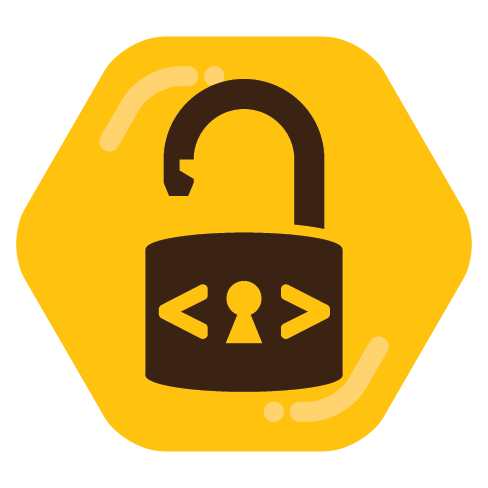

I am proficient in photoshop as well, albeit nonprofessional. That being said, GIMP on its own is realllly hard to use after coming from PS. But with photogimp it’s a ton easier. I wouldn’t say it’s quite as good, but it’s pretty close. I’d give that a shot, at the very least.












I usually use a little tiny piece of electrical tape, which should work unless the power button is absolutely minuscule. Desoldering it also works, but is more permanent.